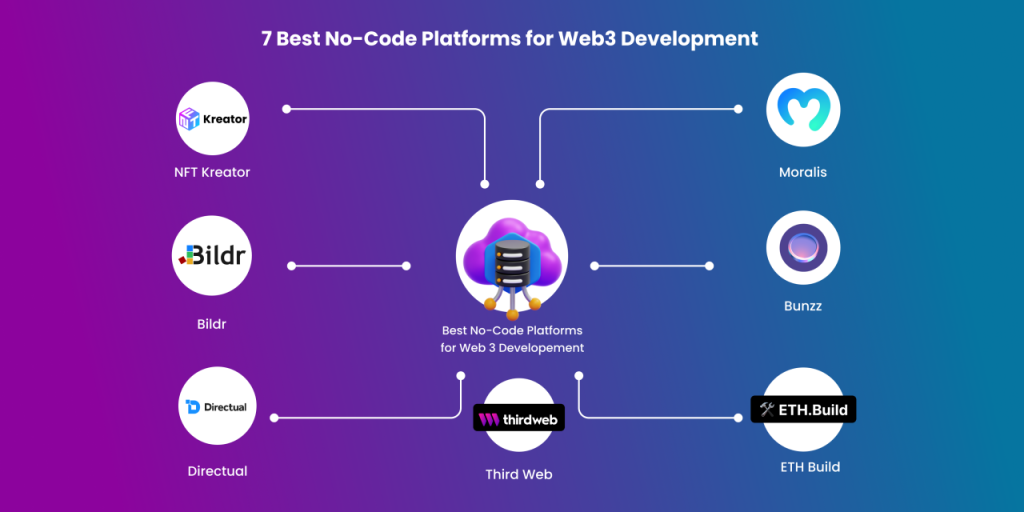Whilst the electronic landscape remains to evolve, the introduction of Web3 has brought about a paradigm change in website making, emphasizing decentralization, blockchain integration, and increased consumer empowerment. Picking the most effective Web3 site builder is essential for those trying to utilize the possible with this decentralized future. One standout software in this place is Sia Skynet, offering a decentralized file storage solution that effortlessly integrates with website building. Skynet permits developers to generate censorship-resistant, internationally available sites by leveraging the Sia blockchain, providing an impressive approach to content distribution.
Another outstanding person is Clay Network, a decentralized protocol for making, hosting, and discussing mutable content on the Web3. Porcelain enables designers to construct dynamic and customized sites by leveraging decentralized identification and verifiable credentials. The platform empowers users to control their data and identities across the Web3 environment, fostering a new era of user-centric digital experiences.
For anyone seeking a versatile Web3 website builder, Blockstack is a convincing choice. It provides a comprehensive set of instruments for developers to generate decentralized programs (DApps) and websites. With Blockstack, customers may build programs with decentralized identification, authorization, and storage, ensuring that data remains below user get a grip on while offering a common development environment.
Unstoppable Domains is another important participant in the Web3 site developing space. Known for its blockchain-based domain titles, Unstoppable Domains simplifies the method of making censorship-resistant websites. Customers may fix their blockchain domain to decentralized content storage programs, ensuring that their sites stay available even yet in the face of traditional domain censorship.
The emergence of IPFS (InterPlanetary Record System) in addition has considerably inspired Web3 web site building. Tools like Fleek influence IPFS to produce static sites with decentralized hosting. Fleek simplifies the deployment method, allowing people to easily number their sites on IPFS while developing with common Web3 methods and tools.
Ensuring knowledge privacy and control is just a cornerstone of the Web3 motion, and OrbitDB is at the front of the effort. As a serverless, spread, and peer-to-peer database, OrbitDB permits developers to create decentralized programs with real-time venture features. It is specially well-suited for tasks that prioritize information strength and resilience against main factors of failure.
Handshake, a decentralized naming protocol suitable for the Domain Name System (DNS), is changing the way in which sites are addressed. By employing Handshake, users can make and manage domain names on a blockchain, lowering dependence on traditional DNS companies and fostering a far more decentralized and protected web.
The ethos of Web3 revolves about person empowerment, and Holochain embodies that idea by giving a platform for making peer-to-peer applications. Holochain permits designers to produce scalable and spread programs without a central machine, fostering an build a web3 website where consumers have greater control around their digital experiences.

In summary, the most effective Web3 site builder depends on the particular needs, choices, and targets of the user. Whether prioritizing decentralized storage, blockchain integration, or user-centric identity management, the diverse landscape of Web3 web site builders ensures that developers and material builders will find a platform that aligns making use of their vision for an even more decentralized and user-driven internet. The continuous evolution of the platforms will likely shape the continuing future of web progress, giving new possibilities for modern and sturdy electronic experiences.
